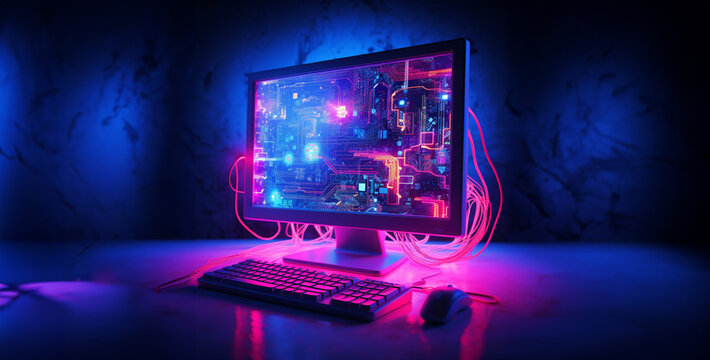Business Attire: Navigating Professional Dress Codes

In the corporate world, the concept of business attire encompasses a range of dress codes that vary depending on the industry, company culture, and specific professional settings. Understanding and adhering to these standards is crucial for creating a positive impression and projecting professionalism. This article explores the essentials of business attire, focusing on key elements that define various dress codes, the significance of adhering to them, and how to tailor your wardrobe to meet professional expectations.
Understanding Business Attire
Business attire refers to the clothing worn in a professional setting that aligns with the norms and expectations of the workplace. This can range from formal suits to business casual outfits, depending on the company’s culture and the nature of the job. Proper business attire not only enhances personal image but also plays a role in shaping the professional environment.
Formal Business Attire
Traditional Business Suits
In more traditional industries such as finance, law, and corporate sectors, formal business attire is the standard. This typically includes a well-tailored suit, dress shirt, and tie for men, while women might opt for a tailored suit, blouse, and skirt or trousers. The suit should be of high quality, fitting well and adhering to classic colors such as navy, gray, or black. Accessories should be kept minimal and understated to maintain a professional look.
Business Formal Dresses for Women
For women, business formal attire often includes dresses or suits with skirts or trousers. Dresses should be knee-length or longer, avoiding overly bright colors or flashy patterns. A matching blazer or jacket is commonly worn to complete the look. Footwear should be closed-toe and modest, with minimal adornments.
Business Casual Attire
Defining Business Casual
Business casual attire offers a more relaxed approach compared to formal business wear, while still maintaining a polished and professional appearance. This dress code is commonly adopted in industries such as tech, creative fields, and some modern corporate environments. Business casual attire includes items such as collared shirts, chinos or dress pants, and loafers or professional shoes.
Key Elements for Men
Men’s business casual wear typically includes dress trousers or chinos paired with a button-down shirt or polo shirt. Blazers or sport coats can be added for a more polished look. Ties are generally optional in business casual settings, though a well-chosen one can add a touch of sophistication. Shoes should be clean and polished, with loafers or dress shoes being ideal choices.
Key Elements for Women
Women’s business casual attire includes options such as blouses or sweaters paired with skirts or tailored pants. Dresses that are professional yet comfortable are also appropriate. Blazers or cardigans can be layered for added formality. Footwear should be comfortable and professional, such as flats or low-heeled shoes.
Smart Casual Attire
Characteristics of Smart Casual
Smart casual is a more relaxed dress code that blends elements of casual wear with a polished, refined appearance. It is often seen in creative and entrepreneurial environments where individuality is encouraged but professionalism is still important.
Smart Casual for Men
For men, smart casual attire might include well-fitted jeans or chinos, a collared shirt or sweater, and casual blazers. Footwear can range from loafers to clean sneakers, depending on the company culture. Accessories should be chosen to enhance the overall look without overpowering it.
Smart Casual for Women
Women’s smart casual attire may involve stylish jeans or trousers paired with blouses or smart tops. Dresses that are casual yet elegant are also suitable. Footwear can include ballet flats, loafers, or low-heeled shoes. The key is to achieve a look that is both polished and comfortable.
Business Attire for Special Occasions
Dress Codes for Business Events
Special business occasions such as corporate events, conferences, or client meetings may require specific dress codes. Understanding and adhering to these codes ensures you present yourself appropriately for the occasion Starsinstereomusic.com/.
Business Professional for Events
For formal business events, adhering to business professional attire is essential. This may involve more elaborate versions of traditional business attire, including high-quality suits, dress shirts, and polished shoes. Women may opt for elegant business suits or professional dresses with sophisticated accessories.
Business Casual for Networking Events
Networking events often call for business casual attire. This allows for a more relaxed yet professional appearance that fosters ease in social interactions. Comfortable, yet polished outfits are ideal for making a positive impression.
Conclusion
Navigating business attire requires an understanding of the various dress codes and their appropriate contexts. Whether dressing in formal business wear, business casual, or smart casual, the goal is to project professionalism while aligning with the company’s culture and the specific requirements of the occasion. By carefully selecting your wardrobe and adhering to these standards, you can enhance your professional image and contribute to a positive work environment.






